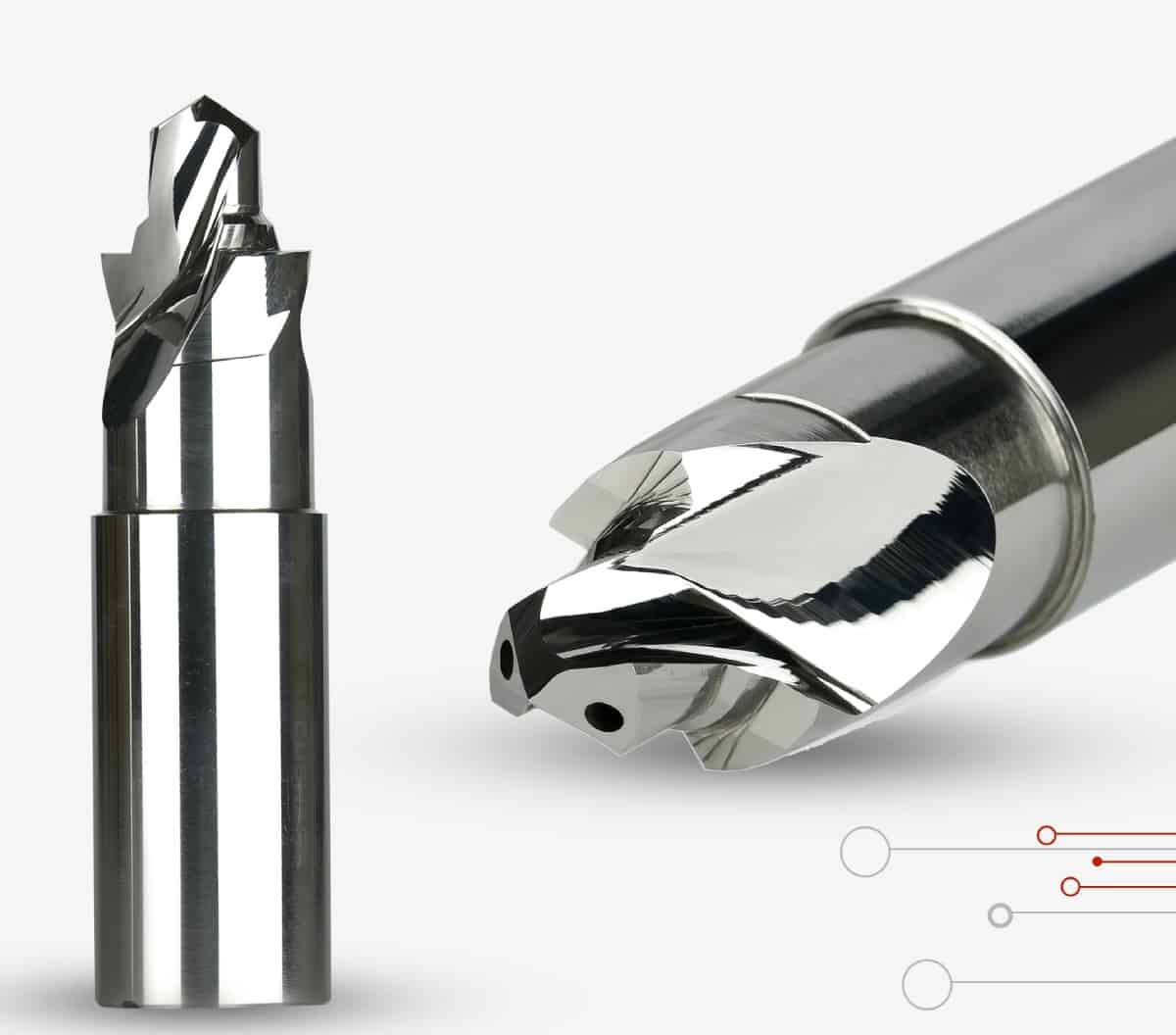When machining, selecting the proper feeds and speeds necessitates striking a precise balance between productivity, part quality, and tool choice. The time required to change tools may negate any productivity benefits, and machinists may burn through their tools too quickly if machines and cutting tools are pushed too hard.
On the other hand, babying machines might increase throughput while lowering tooling costs. We are all aware that time is money in the part-making industry. Because of this, locating the sweet spot of ideal tool life and productivity can seem like an elusive goal that even seasoned programmers and machinists find difficult to achieve.
Here are a few methods that machine operators can use to prolong the life of their tools and determine the ideal ratio of speeds to feeds for each given application.
- Manage the Heat Through Coolant
Heat is produced during the cutting process by the friction of chip removal. Your tools may eventually become damaged by high heat. It’s crucial to manage the heat created in this way as much as possible with the use of coolants. The amount of heat produced during the cutting process can be managed with the use of a CO2 coolant system, minimizing the harm done to the tool.
- Designing Tools Correctly
Making sure a tool has a good design is one of the best methods to guarantee its durability. Cutting tools must remove large amounts of metal quickly and with little strain. These instruments must be able to withstand the strain of multiple simultaneous movements in different directions. A tool that has been appropriately constructed will be able to withstand the demands of the operation without breaking.
- The Coating
Your cutting tool will be protected from heat damage with special coatings. Cutting tool coatings come in a wide variety, with CVD and PVD coatings being the most common. The CVD coatings are thicker and have good wear resistance, but they don’t stick to sharp edges very well. PVD coatings are thinner yet easier to apply and have superior adhesion to sharp edges. While each of these coatings is appropriate for a different use, they both work to protect your cutting tools from heat damage.
- When entering and leaving the cut, use caution.
When entering or leaving the cut, cutting tools sustain a tremendous amount of damage. Entering the cut can even chip the tool’s edge on harder materials. Avoid plunging the cutter and enter and exit the cut carefully to prevent this harm. A ramp, helix, or spiral can be used to ensure cuts enter and exit more gently. Consider arcing into the cut for surface and profile cuts. Using an indexable drill to make an entry hole is another approach to guarantee a smoother entry. A cutting tool’s life can be increased and damage avoided by making gentle cuts at the entry and exit points.
- Adapt your feeds and speeds.
It’s crucial to research the appropriate feeds and speeds for your particular instruments and the metals those tools cut. Tools can be damaged as well as the material being worked on when they are used at the incorrect feed or speed. Even though you might assume the cut’s sound and appearance are sufficient indicators of its accuracy, sometimes you won’t realize the harm that is being done. Look up the feeds and speeds in advance and enter the correct ones into the computer software to prevent this damage and prolong the life of your tool.
- Never re-cut chips.
After cutting, the metal material can be removed from the workpiece using chips. Additionally, they remove extra heat produced during cutting. However, settings must be right to prevent re-cutting chips from increasing flank wear, crater wear, and other sources of tool wear.
- Get the edge ready.
The majority of edge preparation entails material removal from the cutting tool. This procedure is crucial to reducing the likelihood of edge chipping, which can result in tool failure. In order to reduce this damage, the edge will be strengthened by preparation. The edge of the material can be prepared using a variety of techniques, including brushing and nylon filament brush honing.
- Make Sticky Materials Greasy
Some materials have a tendency to adhere to the material the cutting tool is made of. When this sticking happens, it might harm the instrument by welding chips to the cutting edge. To avoid these problems with sticky materials, it’s crucial to lubricate them. This lubrication can be provided by tool coatings, mist coolants, and flood coolants. Your cutting instruments’ lifespan can be increased by lubricating sticky materials.
When entering and leaving the cut, use caution.
When entering or leaving the cut, cutting tools sustain a tremendous amount of damage. Entering the cut can even chip the tool’s edge on harder materials. Avoid plunging the cutter and enter and exit the cut carefully to prevent this harm. A ramp, helix, or spiral can be used to ensure cuts enter and exit more gently. Consider arcing into the cut for surface and profile cuts. Using an indexable drill to make an entry hole is another approach to guarantee a kinder entry. A cutting tool’s life can be increased and damage avoided by making gentle cuts at the entry and exit points.


